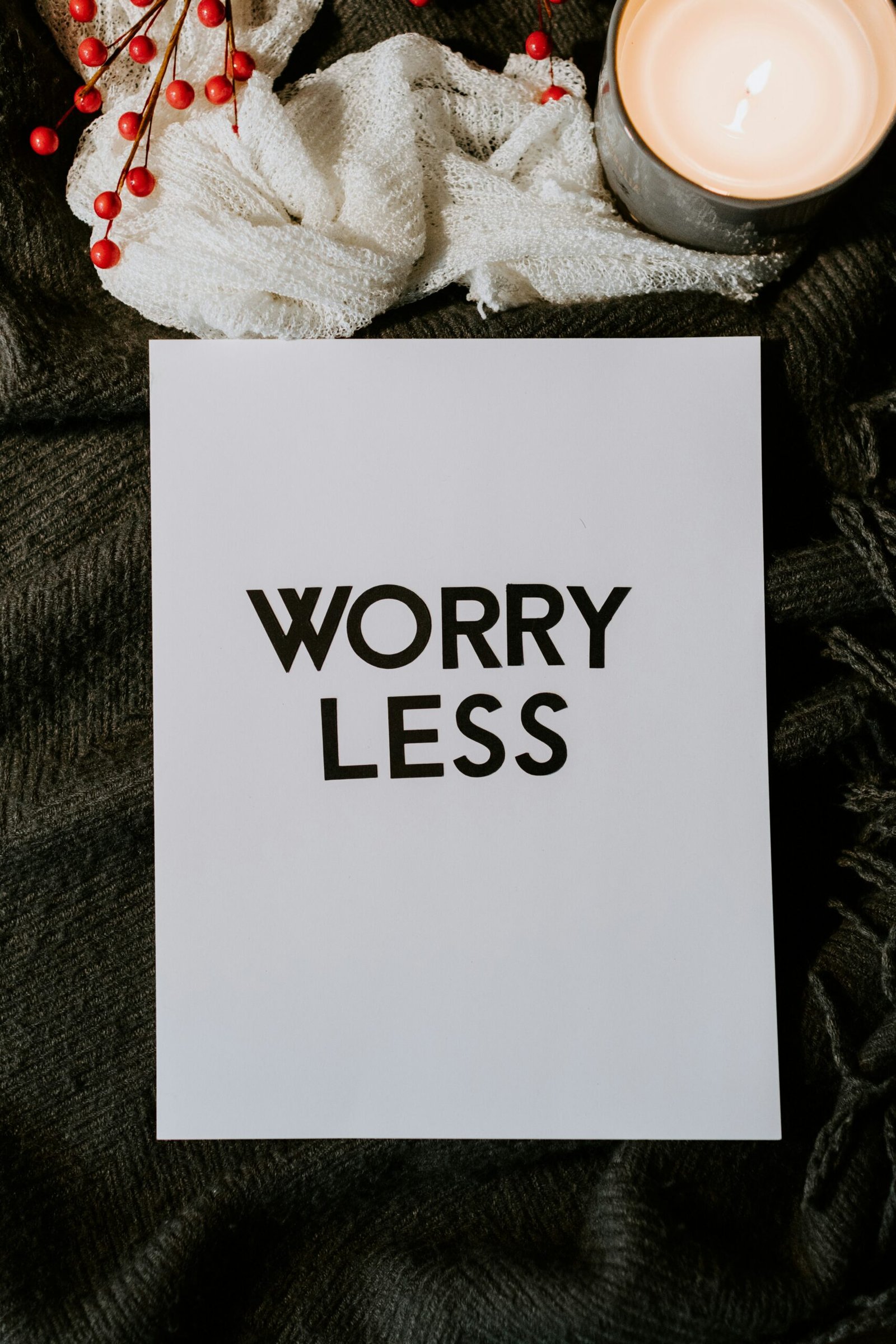The Patient by Jasper DeWitt (2021 Paperback) Review: A Terrifying Asylum Thriller for Fans of The Silent Patient and Stephen King
If you’ve ever chased that perfect “one-sitting thriller” high—the kind that crawls under your skin and won’t let go—Jasper DeWitt’s The Patient might be your next obsession. It’s a compact, ferocious asylum horror that feels both modern and timeless, told through forum posts by a young psychiatrist who believes he can do what no one else has: cure the hospital’s most dangerous patient.
The premise alone is a dare. Ryan Reynolds famously called it one of the most frightening stories he’s ever read, and you can see why: a mysterious man, admitted at age six and confined for decades, drives every clinician to madness or suicide. Parker, the brilliant yet cocky newcomer, thinks he sees what others missed. He’s wrong in all the most riveting ways. In this review, I’ll keep things spoiler-light and focus on what makes the book work, who will love it, what might give you pause, and how to pick the right edition for your reading habits.
Spoiler‑Light Summary: A Doctor, a Message Board, and a Patient No One Can Explain
DeWitt frames The Patient as a series of online posts by Parker H., a psychiatrist documenting his early days at a bleak New England mental hospital. It’s a clever device. We’re not just reading a diary—we’re watching a mind try to persuade an audience in real time. That choice injects urgency and invites skepticism, because when stories are told to strangers on the internet, performance and confession collide.
Soon after Parker arrives, he hears about the facility’s most infamous case: a forty-year-old man without a clear diagnosis, isolated almost entirely from staff for everyone’s safety. The patient’s condition seems to evolve, but never toward recovery. Every treatment attempt ends the same way—catastrophe for the clinician. The hospital’s leadership has surrendered to containment rather than cure.
Enter Parker, driven by idealism and ego. He’s convinced the patient is a puzzle he can solve through rigor, empathy, and maybe a little professional bravado. When Parker finally meets him, the book shifts from eerie to unnerving. Small oddities compound. The boundaries between the psychological and the supernatural blur. Parker’s posts begin to read like dispatches from a battlefield where reason is losing ground.
Curious if this compact chiller is your next weekend read? Check it on Amazon.
Why It Works: Voice, Pacing, and Internet-Horror DNA
The Patient is a masterclass in restraint. DeWitt keeps the pages lean, the chapters short, and the voice tight. The result is momentum without bloat. The forum-post framing does more than modernize the gothic asylum tale—it taps the unnerving intimacy of creepypasta and internet-native horror, where brevity and suggestion amplify fear. If you’ve ever fallen into a midnight rabbit hole of “true” stories on message boards, this book will feel uncomfortably familiar. For a primer on the cultural phenomenon of internet horror, see Britannica’s overview of creepypasta.
Pacing matters in horror, and DeWitt gets it right. The early chapters seed doubt. Parker’s confidence—credible yet brittle—creates suspense because we sense what he doesn’t: he’s outmatched. When the middle third arrives, revelations come faster, but not so fast that you stop imagining darker possibilities. The book trusts your imagination to complete the dread.
There’s also the pleasure of an unreliable narrator done well. Parker isn’t a cartoonish egotist; he’s relatable. He wants to help. He also wants to be the one who helps. That difference matters. His blind spots become the story’s oxygen, and DeWitt uses them to question who gets to define “truth” in psychiatric care. If you prefer finishing a thriller in one sitting, you can View on Amazon to see formats and reader reviews.
Themes: Hubris, Institutions, and the Shape of Evil
Beneath the scares, The Patient is about professional hubris and the limits of institutional care. Parker’s training tells him that every symptom has a taxonomy, a protocol, a path. But what happens when the data resists the model? The book prods at that discomfort. It’s not anti-psychiatry; it’s anti-certainty. Here’s why that matters: horror is most potent when it interrogates our need for control.
There’s also an ethical dimension. The hospital’s policies—extreme isolation, restricted access—raise questions that echo real-world debates about patient rights, clinician safety, and duty of care. For context on how professionals think about those dilemmas, the American Psychological Association’s Ethical Principles of Psychologists and Code of Conduct is a useful reference point, even though The Patient is fiction.
Finally, the book dances along the line between psychological disturbance and something preternatural. DeWitt never leans so hard into either camp that the other collapses, which keeps the tension high. If you want a primer on psychosis and how it presents, the National Institute of Mental Health’s page on schizophrenia and psychosis gives a baseline without spoiling the story’s ambiguity.
How Scary Is The Patient? A Fear Profile
Short answer: very, but not in the splatterpunk sense. DeWitt trades gore for dread, and it works. Expect:
- Psychological unraveling that escalates by degrees
- Claustrophobic settings—locked rooms, long corridors, narrow options
- Unreliable reality cues that make you question what’s “really” happening
- Ethical tension that amplifies personal stakes
- Occasional, sharp shocks rather than relentless violence
If you’re sensitive to themes of suicide, mental illness, or institutional abuse, proceed with care. The content isn’t gratuitous, but it is integral to the fear the book generates.
The Patient vs. The Silent Patient and Stephen King
Marketing often compares The Patient to The Silent Patient by Alex Michaelides and to the sensibility of Stephen King. Those comparisons are helpful but imperfect.
- The Silent Patient connection: Both feature clinicians probing a patient whose silence or inscrutability drives the plot. But Michaelides delivers a twisty psychological thriller with a puzzle-box reveal, while DeWitt delivers a leaner horror experience where dread, not a single “gotcha,” is the climax. If you’re curious about Michaelides’ breakout, see Celadon Books’ page for The Silent Patient.
- The Stephen King DNA: Think early King in mood—institutions that feel sentient, the human heart in conflict with itself, the creeping suspicion that we’re not alone in the room. Not a pastiche, but a kindred atmosphere. For a sense of King’s broader approach to horror, visit the official Stephen King site.
Ready to dive into the asylum and judge for yourself? Buy on Amazon.
Pros, Cons, and Who Should Read It
Pros: – Fast, taut, and relentlessly readable – Forum-post structure feels fresh and heightens tension – Satisfying ambiguity between psychological and supernatural explanations – A protagonist you’ll root for even as you cringe at his decisions
Cons: – The framing device may limit character depth outside Parker – Readers wanting a twist-heavy thriller may wish for more puzzle-box mechanics – Sensitive content could be triggering for some
You’ll love it if: – You enjoy smart, modern horror that respects your intelligence – You liked Paul Tremblay’s ambiguity-forward storytelling – You’re a sucker for institution-set dread and ethical tightropes
For more on Tremblay’s approach to horror, HarperCollins’ author page on Paul Tremblay is a good starting point.
Buying Guide: Formats, Length, and Audiobook Notes
The Patient is a brisk read—comfortably under 200 pages in most editions—making it ideal for a late-night binge or a travel day. The 2021 paperback is economical and toss-in-your-bag friendly, while the eBook is great if you want to sample a chapter immediately.
As for editions: – Paperback: A good balance of price and tangibility; easy to annotate. – eBook (Kindle or equivalent): Instant access; adjustable font for night reading. – Audiobook: The first-person voice can shine in audio, especially with a strong narrator, though some readers prefer parsing the forum-post structure visually.
Want the right edition for your reading habits—paperback, Kindle, or audio—start here: See price on Amazon.
If you’re on the fence between formats, think about where you read most. Couch readers may enjoy the tactile paperback; commuters might prefer audio; night owls will appreciate an e-reader’s adjustable backlight. Either way, the story’s compact length keeps the experience tight regardless of format.
Who This Book Is Not For
If you’re looking for a twist-a-minute thriller with red herrings on every page, this isn’t that ride. DeWitt aims for existential dread, not a sudoku of reveals. And if you prefer your horror cozy or bloodless, the book’s psychological intensity—and its exploration of suicide, malpractice, and moral injury—may feel too heavy.
Read-Alike Recommendations
Loved The Patient? Here are smart follow-ups:
- Behind Her Eyes by Sarah Pinborough: Another mind-bender with a dark heart and boundary-pushing reveals; see the publisher’s overview at HarperCollins.
- The Cabin at the End of the World by Paul Tremblay: High-stakes home-invasion horror with philosophical teeth; more at HarperCollins.
- Misery by Stephen King: A masterclass in claustrophobia and power dynamics set in a single, terrifying room.
- Bird Box by Josh Malerman: A study in unseen dread and survival rules that fray under pressure.
Support our indie‑minded review and grab a copy here: Shop on Amazon.
FAQ
How long does it take to read The Patient? – Many readers finish it in one or two sittings thanks to its lean length and fast pacing.
Is The Patient supernatural or psychological? – The book keeps you guessing. It presents plausible psychological explanations while leaving room for something otherworldly. That ambiguity is part of the fear.
Is The Patient very gory? – No. It’s more about dread, moral tension, and psychological unraveling than graphic violence.
Is The Patient connected to The Silent Patient? – No shared universe or author. The comparison is about vibe and setup—both feature clinicians and enigmatic patients—but DeWitt’s book leans more into horror.
Are there trigger warnings I should know about? – Yes. Themes include suicide, mental illness, institutional abuse, and medical ethics violations. Approach with care if those are sensitive areas.
Is it part of a series? – No. It’s a standalone.
What makes the forum-post structure effective? – It creates immediacy, invites doubt about the narrator, and mirrors how we consume “true” horror stories online.
Who should skip this book? – Readers who dislike ambiguous endings or intense psychological themes may prefer a lighter thriller.
Final Takeaway
The Patient is a small book with big teeth: a modern asylum nightmare that moves fast, thinks hard, and lingers long after the lights are off. If you crave horror that respects your intelligence and your imagination—and you don’t mind staring down the limits of certainty—DeWitt delivers. Ready for more smart book talk and thriller deep-dives? Stick around, explore our latest reviews, and subscribe for the next great night read.
Discover more at InnoVirtuoso.com
I would love some feedback on my writing so if you have any, please don’t hesitate to leave a comment around here or in any platforms that is convenient for you.
For more on tech and other topics, explore InnoVirtuoso.com anytime. Subscribe to my newsletter and join our growing community—we’ll create something magical together. I promise, it’ll never be boring!
Stay updated with the latest news—subscribe to our newsletter today!
Thank you all—wishing you an amazing day ahead!
Read more related Articles at InnoVirtuoso
- How to Completely Turn Off Google AI on Your Android Phone
- The Best AI Jokes of the Month: February Edition
- Introducing SpoofDPI: Bypassing Deep Packet Inspection
- Getting Started with shadps4: Your Guide to the PlayStation 4 Emulator
- Sophos Pricing in 2025: A Guide to Intercept X Endpoint Protection
- The Essential Requirements for Augmented Reality: A Comprehensive Guide
- Harvard: A Legacy of Achievements and a Path Towards the Future
- Unlocking the Secrets of Prompt Engineering: 5 Must-Read Books That Will Revolutionize You







